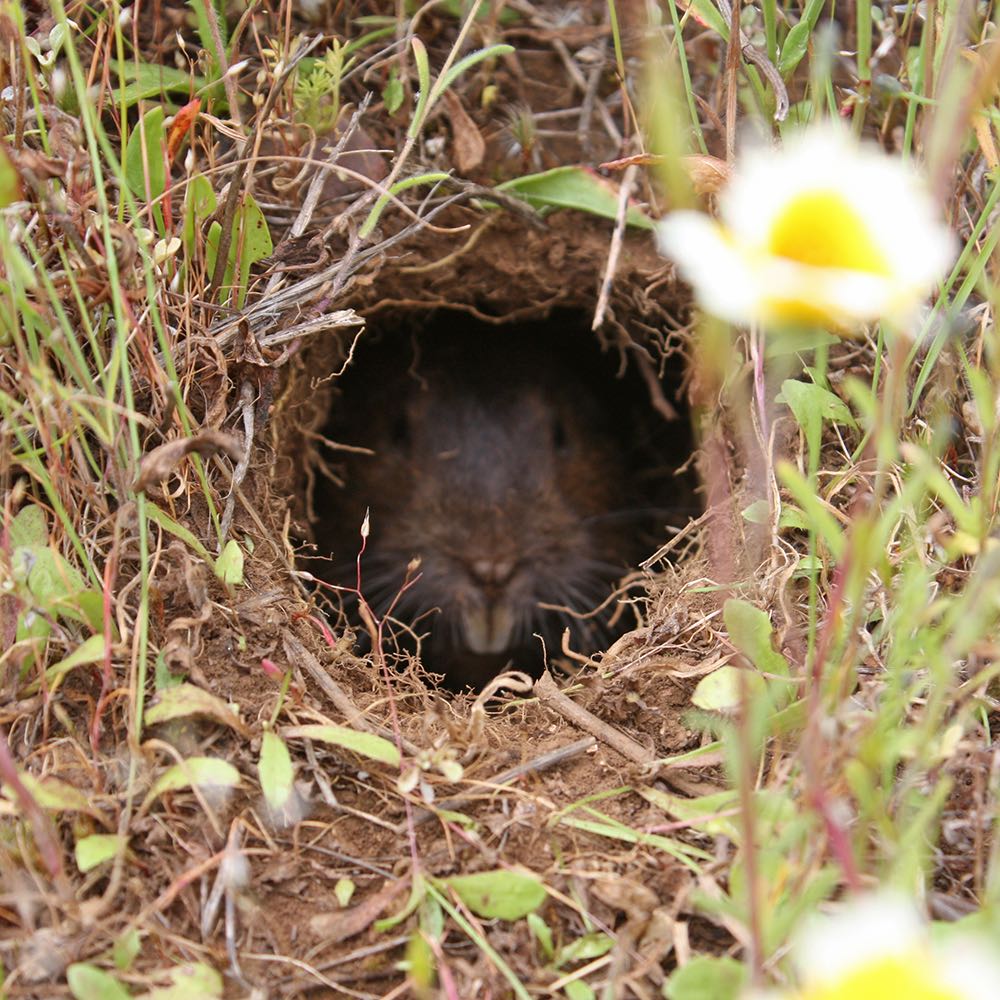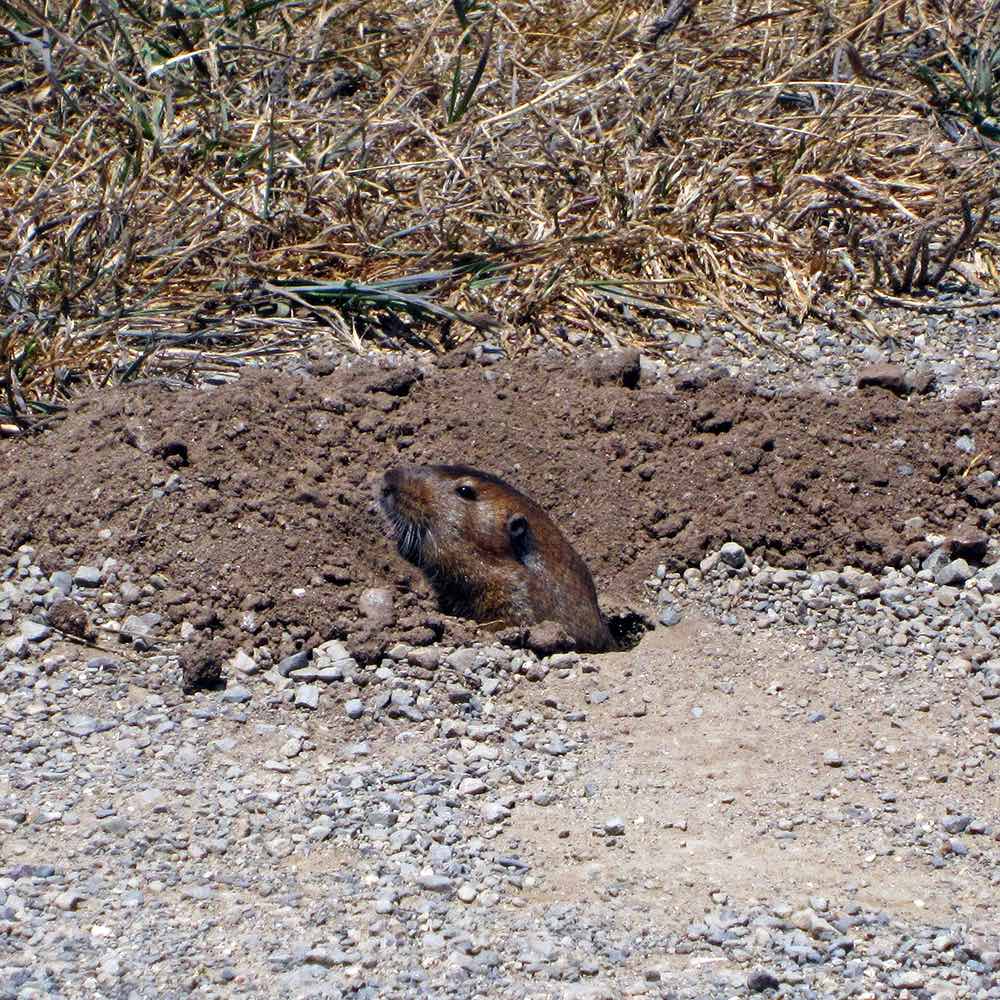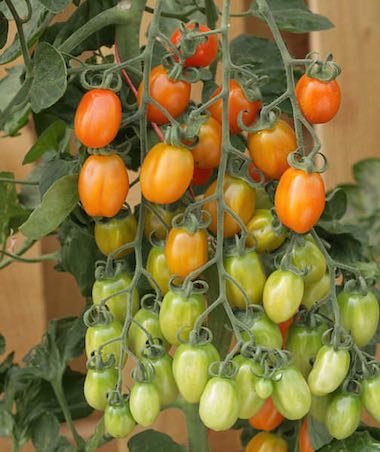
Are gophers a problem in your area? I grew up in an area without any gophers. It didn’t know how lucky I was to have my first garden in such a place. Moles were a problem in my first garden but they never killed any of my plants.
After I moved to Sonoma County, California, I quickly learned how much of a pest gophers can be. My first garden in Sonoma County was a small 12-foot by 12-foot plot that I surrounded with fencing in hopes of keeping out hungry deer and chickens. Even though the fencing wasn’t very tall, the deer stayed away (likely due to dogs and not my fencing) and the damage in my garden from the chickens was limited to the length of their necks poking through the fencing. This fencing did nothing to prevent damage from gophers.
I watched many of my kale plants shake from gophers chewing on the stems just before the plants were partially or entirely pulled underground. It was a bit humorous watching this happen the first time. After multiple losses in my small plot, I decided to take some action. I did some research on gopher traps and purchased two Victor ‘The Blackbox’ Gopher Traps.
In just over a week, I caught a dozen gophers in and around my small garden plot. After this extremely successful period, there was very little gopher activity in my garden for the rest of that season.

If you decide to try a Victor ‘The Blackbox’ Gopher Trap or any type of trap, please be careful and read all of the instructions before setting any traps.
How I use this gopher trap:
I look for mounds and holes, then I dig into the ground between them in search of a tunnel. Once I find a tunnel, I dig a hole big enough to handle two traps, one pointing each way in the tunnel. I like to use two traps per hole since I don’t know which way a gopher might be traveling through any given tunnel.
I dig holes in a way that allows the open end and bottom of the traps to sit flush against and on top of the soil. I try to set traps in a way that only allows light and air to enter the traps and tunnels through the one quarter-sized hole at closed end of the trap. I want gophers to push dirt toward this hole at the closed end of the trap and not at any point earlier in the trap. If too much light and air is allowed to enter earlier, like where a trap meets the tunnel entrance, a gopher may pile up dirt too soon and never trigger the trap. It seems like gophers are driven to close off new holes in their tunnels, so I do whatever I can to ensure there is only one new hole allowing light and air to enter a tunnel and that one hole is the quarter-sized hole on the other side of the trap's trigger.
I also like to dig a slight depression just before the trap's trigger. The depression is intended to hold some of the dirt being moved by a gopher. I feel like this decreases the chance that a gopher will fill the trap with soil before going far enough in to trigger it.
If you have small children or pets, you may want to cover the hole in some way to prevent any curious kids or pets from accessing the trap. I like to use 1/2 inch steel mesh weighed down with some heavy rocks.
Using the Victor ‘The Blackbox’ Gopher Trap in this way has given me consistently good results. Sometimes the traps have caught gophers less than an hour after being set.
If you have any herons visiting your yard, you may not need to do any trapping. Herons love to eat gophers!

Happy Trapping!










